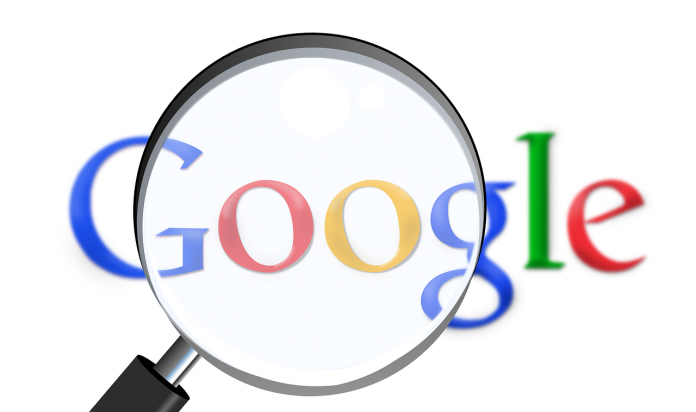Every publisher wants better search engine rankings. It’s always exhilarating if you see one of your links appearing among the top 10 Google search results. But how does Google’s ranking algorithm actually evaluate your content, your individual links, or even your entire website? Is there a set formula?
Of course, everybody who has dabbled in a bit of Search Engine Optimisation (SEO) knows some standard ways of improving rankings. Publishing quality content based on your keywords, creating compelling titles and encouraging people to link back to your content, are all standard ways of optimising for better search engine rankings. But these are not the only ways to get better search engine rankings. Google has burned its fingers. It can no longer rely on publishers and webmasters to stick to its guidelines. The ranking algorithm now crowdsources its ranking intelligence.
Consequently, the way people react to your content is as important as publishing optimised, high-quality content. Google ranks your content based on user behaviour vis-à-vis your content. Here are a few lesser-known facts about how Google actually ranks your content:
Your click-through rate on the search engine result pages
How many people are clicking your links from the search engine result pages?
Although your link may appear on Google’s first page, if it isn’t attracting much traffic, it is moved to the second or third page, and the other links that attract more traffic, are gradually shifted up.
Google takes your click-through rate into account while recalibrating your rankings. Just because suddenly your link is showing up among the top 10 results doesn’t mean it is going to stay there forever. Remember that Google is continuously calculating not just your rankings, but rankings of millions of links. So, your link is constantly being compared to other links and is being shuffled around accordingly.
This is how it happens:
Your link begins to show up at position 4 on the search results page.
There is another link that appears at position 6 on the same page.
For the same keyword or search term both the links show up 100 times.
20/100 times people click your link.
40/100 times people click the other link.
This sends Google a message that the other link is more important than yours, and should be given prominence.
So, you are put in position 6 and the other link rises to position 4.
Since this is an ongoing process, all the links that have a better click-through rate than you, begin to bypass you and before you know, your link has vanished from the first or even the second page. The reverse can happen if your click-through rate is better than the link appearing before you. If your link attracts more clicks than the link before you, the positions are interchanged. This is one of the lesser-known ranking secrets that seems to have been recently implemented.
Your bounce rate
The bounce rate is the number many people leave your website after accessing the link they found on Google. If they leave your website without exploring it further, Google thinks that your website is not solving the purpose of the search it is being featured for.
You need to consider bounce rate from Google’s perspective. Bounce rate doesn’t mean a person coming to your website and then going to another website without further exploring your website. From Google’s point of view, bounce rate means a person clicks a link from Google’s search results page and then, without exploring your website further, comes back to Google. If many people do this, you have a higher bounce rate which, according to Google, means, your website doesn’t have useful content.
The time a reader spends on your website
If a visitor immediately leaves your website after accessing it from Google, it’s evident that he or she didn’t find what he or she is looking for. On the other hand, if the person spends lots of time on the link that he or she found on Google and then also explores your website further, it signals Google that your website holds quality content and hence, should be ranked better.
The traffic that you get
Google also takes into account the traffic that you are currently getting. You may wonder, if you don’t have better search engine rankings, how does Google expect you to get more traffic? From other sources. Google wants to encourage you to use other sources as validation or as plain traffic sources. You can advertise your links on Facebook, Twitter and LinkedIn. You can share your links on your social media timelines. You can use your mailing list. The more traffic you can generate, the better can be your search engine rankings.
The Search Task Accomplishment factor
When you search on Google, it is a task for it. You’re looking for some information. When you come across a link, do you find the information, or not? If you find the information on the link you have just found on Google, your task is accomplished. If not, you come back to Google and carry on your research. That link didn’t help you accomplish your task.
If a person finds your link, comes to your website and then immediately goes back to Google to carry on the search it means he or she didn’t find the information he or she was looking for, and hence, the task wasn’t accomplished. This is seen in a negative light by Google, and consequently, your search engine ranking negatively gets impacted. Therefore, it isn’t just the quality of your content that affects your search engine rankings. Social validation and user behaviour matter too.
The opinions expressed in this post are the personal views of the author. They do not necessarily reflect the views of HuffPost India. Any omissions or errors are the author’s and HuffPost India does not assume any liability or responsibility for them.

